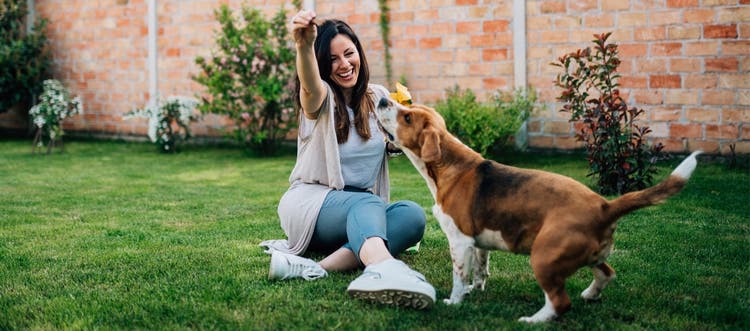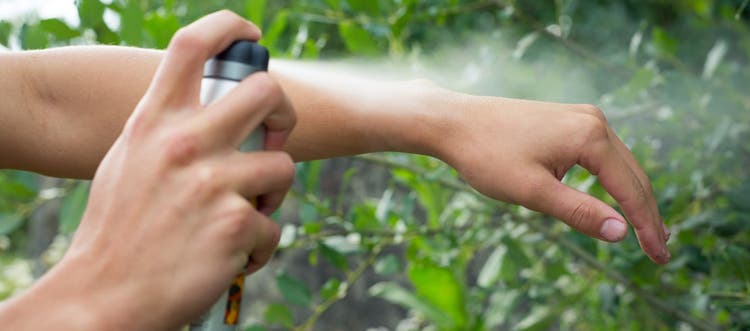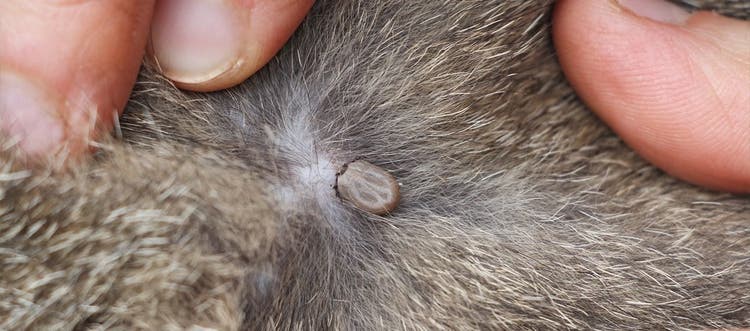Don’t rely on the weather to kill parasites.
If you’ve been hoping the changing seasons could help solve your flea and tick problems, we have some disappointing news: It takes more than a passing freeze or a heat wave to kill these pests. However, changes in the weather do affect flea and tick populations — and some conditions can help fleas and ticks thrive. Here’s what you should know.
Do Fleas and Ticks Die in the Winter?
Fleas and ticks have been around for a long time, so it’s no surprise they’ve developed a few tricks to survive the cold. Those tricks differ for each pest, though.
In the wild, fleas survive the winter in the warm protection of wildlife dens — and on the bodies of raccoons, possums and other wild animals. The situation is similar for fleas on your pets — except the “den” is your home.
While fleas enjoy your dog’s or cat’s warm body, they also scatter eggs into carpets, bedding and furniture. The mild climate inside your home provides ideal conditions for these eggs to develop into new adult fleas. Exposure to severe cold will kill fleas, but they still have many opportunities to find warmth and shelter.
Ticks are tough and won’t be deterred by a brief cold snap — it typically takes a long, extremely cold winter to significantly reduce the tick population. Ticks can often find shelter under the snow where the air around them is warm enough to act as insulation.
Are Fleas and Ticks Affected by Rain?
Spring is growth season — and not just for flowers. Fleas and ticks thrive in the warm, humid weather, too, and they benefit from mice, raccoons, deer and other wildlife that are now active, breeding and finding shelter from the sun in cool, damp places.
Spring rain doesn’t help, either; fleas and ticks thrive in humid conditions. Fleas love the moisture and shelter of growing, rain-fed grass and plants, while ticks use the abundant growth as a ladder to cling onto your pet’s body. People are more active during the spring, too, and pet owners are eager to enjoy the warmth and light with their pets. But the more time we spend outdoors with our pets, the more opportunities there are for fleas and ticks to hitch a ride.
Are Fleas and Ticks Affected by Hot Weather?
Long stretches of hot, dry weather are bad for fleas. They won’t survive on your sunbaked patio, but even during a heat wave, odds are they’ll survive if they find a shaded or damp place. Keep in mind that those are the same places where your pet could seek refuge from the sun, too.
Ticks aren’t affected by the heat as much as fleas are, so pet owners should be vigilant for ticks regardless of how hot it is.
How to Address Flea and Tick Issues
While the weather does affect the flea and tick population outside, you can help control the population on your pet and in your home. Here are a few steps you can take:
- Vacuum frequently, especially in areas where your pet spends the most time.
- Launder your pet’s bedding often.
- If you’re spending a lot of time outdoors, check your pet after every trip for ticks and remove them carefully.
- Talk with your vet. There are many preventive options for both fleas and ticks; ask your vet which ones are best for your pet. If you’re not already using a preventive, topical treatments like shampoos or sprays can kill fleas and ticks currently on your pet. Then start a preventive treatment to stay ahead of the problem in the future.
Fleas and ticks are a nuisance, but they’re manageable and preventable. Just don’t rely on the weather to solve the problem for you.

Seresto® Flea & Tick Collar for Dogs
An easy-to-use, odorless, non-greasy collar that kills and repels fleas and ticks for 8 continuous months.

Seresto® Flea & Tick Collar for Cats
An easy-to-use, odorless, non-greasy collar that kills and repels fleas and ticks for 8 continuous months.



